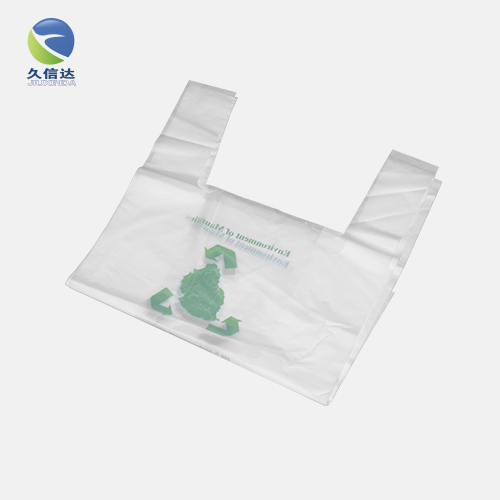At present, the annual output of plastics in China is 3 million tons, and the consumption is over 6 million tons. The annual output of plastics in the world is 100 million tons, if calculated according to 15% plastic waste per year.

The annual plastic waste in the world is 15 million tons, and the annual plastic waste in China is over 1 million tons, and the proportion of waste plastics in garbage accounts for 40%. Such a large amount of waste plastic is buried underground as garbage, which undoubtedly brings greater pressure to the arable land that is already lacking.
Plastics not only bring convenience to people’s lives, but also bring untold troubles to the environment. People call the disaster brought by plastics to the environment “white pollution”.
At present, many countries have adopted incineration (thermal energy regeneration) or reprocessing (product regeneration) to treat waste plastics. These two methods can recycle the waste plastics and save resources. However, waste plastics will produce harmful gases and pollute the environment when burned or reprocessed, so it can be said that the treatment of waste plastics is still a headache in environmental protection work.

Plastic bags do bring convenience to people’s lives, but this temporary convenience brings long-term harm. In the process of use, it is scattered in urban streets, tourist areas, water bodies, roads and railways, causing “visual pollution”, and it also has potential hazards.
In the natural environment for a long time without separation. This means that if the waste plastic garbage is not recycled, it will become pollutants in the environment and persist and accumulate continuously, which will cause great harm to the environment.






